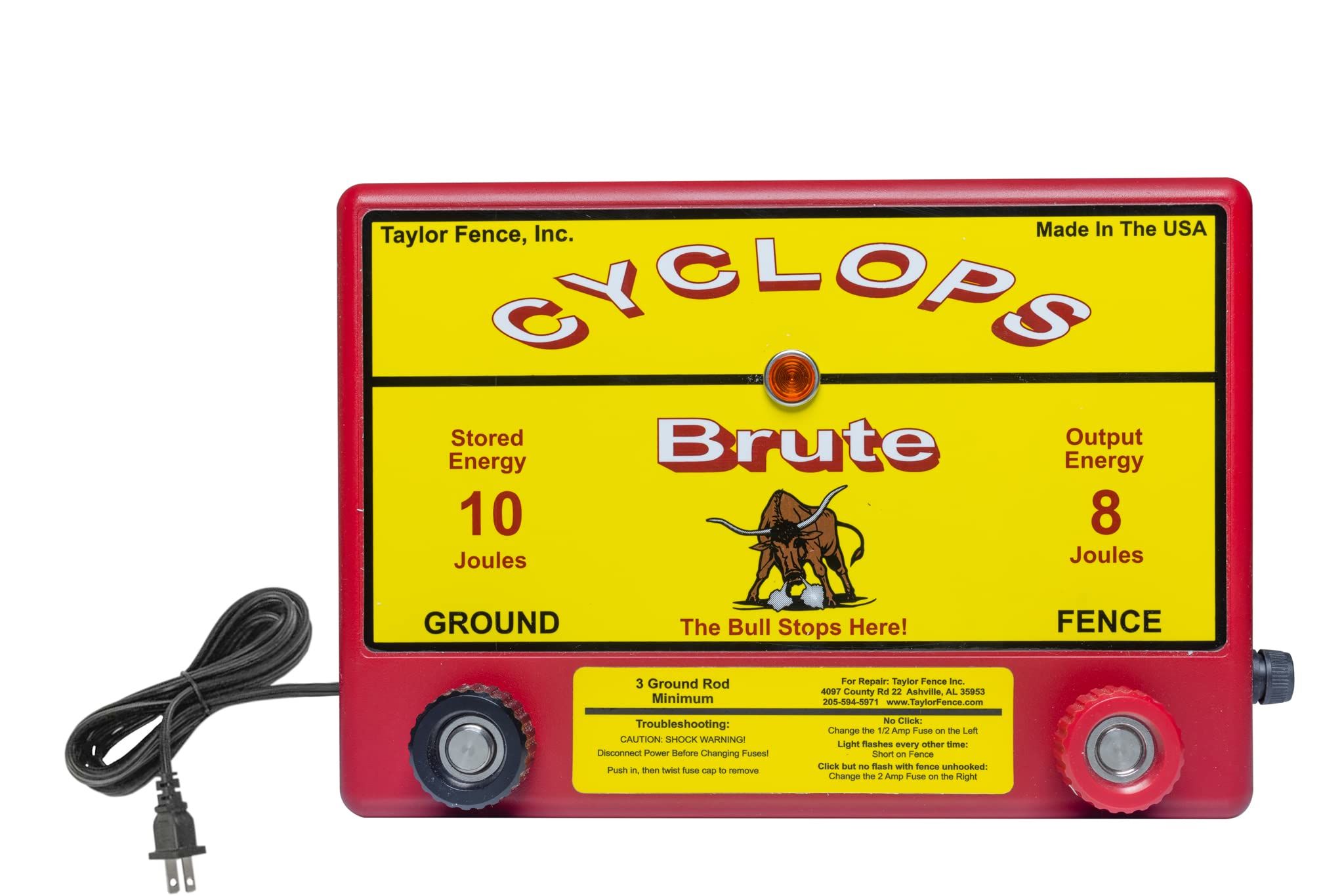

Articles
How Many Joules Should An Electric Fence Have
Modified: October 22, 2024
Find out how many joules an electric fence should have in our informative articles. Learn everything you need to know about electric fence power and effectiveness.
(Many of the links in this article redirect to a specific reviewed product. Your purchase of these products through affiliate links helps to generate commission for Storables.com, at no extra cost. Learn more)
Introduction
Electric fences have become an increasingly popular solution for animal containment and security in both residential and agricultural settings. Whether you’re looking to keep livestock safe or deter unwanted intruders, electric fencing can provide an effective barrier. However, it’s crucial to understand the importance of selecting the right joules for your electric fence to ensure its effectiveness and safety.
In this article, we will delve into the world of electric fencing and explore the factors that determine the optimal joule requirement for your specific needs. From understanding the basics of electric fencing to calculating the ideal joules for different animals, we will provide you with a comprehensive guide to help you make informed decisions when it comes to installing and maintaining your electric fence.
So, if you’re ready to learn about joules and their significance in electric fencing, let’s jump right in!
Key Takeaways:
- Selecting the right joules for your electric fence is crucial to ensure its effectiveness and safety. Consider factors like animal type, fence length, and environmental conditions to calculate the optimal joule output.
- Regular maintenance and monitoring of joule levels are essential for maximizing the performance and safety of your electric fence. Clear vegetation, test the energizer, and train animals to respect the fence for optimal results.
Read more: How Many Volts Is An Electric Fence
Understanding Electric Fencing
Electric fencing is a system that uses electrical currents to create a psychological and physical barrier for containing animals or securing property. It consists of a series of interconnected wires that transmit a pulse of electric energy when an animal or person comes into contact with the fence.
One of the key components of an electric fence is the energizer, also known as the fence charger or fence controller. The energizer is responsible for delivering the electric pulse to the wires and maintaining the appropriate voltage levels. It converts the electrical power from a power source, such as a battery or mains electricity, into a pulsating current that flows through the fence wires.
The electric pulse sent through the wires of the fence delivers a brief but memorable shock to any creature that comes into contact with it. This shock serves as a deterrent, conditioning the animals to stay away from the fence without causing them any significant harm.
Electric fencing offers several advantages over traditional fencing methods. Firstly, it is cost-effective and relatively easy to install. It requires fewer materials and can be set up in a fraction of the time compared to conventional fences. Additionally, electric fencing is highly versatile, allowing for customization to suit various applications and needs.
It’s important to note that electric fences are not intended to cause harm to animals or humans. Rather, their purpose is to provide a safe and effective boundary that minimizes the risk of escape or trespassing. With proper installation, maintenance, and the right joules, electric fencing can be a reliable and humane solution for animal control and property security.
Importance of Selecting the Right Joules
The joule rating is a critical factor in determining the effectiveness and safety of an electric fence. Joules measure the energy output of the electric fence, indicating the strength of the electrical pulse delivered to the wires. It is essential to select the appropriate joules for your electric fence to ensure it can effectively deter animals and protect your property.
If the joule output is too low, the electric fence may not deliver a sufficient shock to prevent animals from attempting to breach the barrier. On the other hand, if the joule output is too high, it can pose a risk of harm to animals or humans and potentially damage the fence components.
Selecting the right joules for your electric fence involves considering various factors such as the type of animals you are containing or deterring, the length and height of the fence, and the environmental conditions in which the fence will operate.
It is crucial to strike a balance between having enough joules to effectively deter animals and maintaining a safe level of shock. The objective is to condition the animals to respect the fence and prevent them from attempting to jump, crawl under, or push through it.
Another consideration when selecting the right joules is the conductivity of the fence. Factors such as the type of wire, insulators, and grounding all affect the overall efficiency of the electric fence. If the fence has poor conductivity, a higher joule output may be necessary to compensate for the loss of energy.
By choosing the appropriate joules for your electric fence, you can ensure that the barrier is effective, safe, and efficient. It will minimize the chances of escape by animals and maximize the security of your property. Additionally, selecting the right joules can help reduce the potential for injury to animals or accidental harm to humans.
Remember, the goal is not to cause unnecessary harm but to create a psychological deterrent that animals will learn to respect. Therefore, taking the time to consider the optimal joules for your specific needs is essential for maximizing the effectiveness and longevity of your electric fence.
Factors to Consider in Determining Joule Requirement
Determining the appropriate joule requirement for your electric fence is a crucial step in ensuring its effectiveness. Several factors come into play when calculating the optimal joules for your specific needs. Let’s explore some of the key considerations:
- Animal Type: Different animals have different levels of sensitivity to electric shocks. Smaller or more sensitive animals, such as rabbits or deer, may require lower joules, while larger or more stubborn animals, like livestock or predators, may need higher joules to be effectively deterred.
- Fence Length and Height: The length and height of the electric fence are important factors to consider. Longer fences and taller fences require more joules to ensure that the shock is evenly distributed and effective throughout the entire length and height of the fence.
- Vegetation and Ground Conditions: The presence of tall grass, weeds, or other vegetation near the fence can affect its conductivity, leading to energy loss. Similarly, dry or rocky ground can also impact the effectiveness of the electric shock. If you have dense vegetation or poor ground conditions, you may need higher joules to compensate for these factors.
- Number of Wires: Electric fences with multiple wires require more joules to maintain sufficient voltage across all the wires. Each additional wire adds resistance to the fence, so it’s important to consider the number of wires when determining joule requirements.
- Environmental Factors: Extreme weather conditions, such as heavy rain, snow, or extreme cold, can impact the performance of the electric fence. In such cases, higher joules may be necessary to ensure a consistent and reliable shock despite these environmental challenges.
- Animal Persistence: Some animals are more determined than others to breach the fence. If you are dealing with particularly stubborn or persistent animals, you may need higher joules to effectively deter them and prevent fence crossings.
By taking all these factors into account, you can calculate the joule requirement that will be most suitable for your electric fence. It is recommended to consult with a knowledgeable professional or refer to the manufacturer’s guidelines to ensure you are selecting the appropriate joules based on your specific requirements.
Remember, the goal is to create a reliable and effective barrier that keeps animals safely contained or deters intruders from entering your property, while minimizing the risk of harm to animals or humans. Consider each factor carefully and choose the joule rating that offers the right balance between functionality and safety for your electric fence.
Common Applications of Electric Fencing
Electric fencing is a versatile solution that can be used in various applications to address different needs. Its effectiveness, flexibility, and affordability make it a popular choice among farmers, homeowners, and businesses alike. Let’s explore some of the most common applications of electric fencing:
- Livestock Containment: Electric fencing is commonly used in agricultural settings to contain livestock such as cows, horses, sheep, and goats. The electric shock serves as a psychological deterrent, preventing animals from pushing through or attempting to jump over the fence.
- Predator Deterrence: Electric fencing is an effective method to deter predators from entering livestock enclosures or agricultural fields. Predators such as wolves, coyotes, foxes, and bears can be deterred by the pulsating shock of an electric fence, protecting livestock from potential attacks.
- Garden and Crop Protection: Homeowners and farmers often use electric fencing to protect their gardens, crops, and orchards from foraging wildlife such as deer, rabbits, and birds. The shock delivered by the electric fence deters these animals, preventing them from damaging crops and plants.
- Perimeter Security: Electric fencing is an effective security measure for protecting residential or commercial properties. It acts as a physical and psychological deterrent, preventing unauthorized entry and enhancing overall security. It is commonly used around residential properties, construction sites, warehouses, and government facilities.
- Pet Containment: Electric fences can also be used to contain pets within a specific area, such as dogs or horses. This provides them with the freedom to roam while ensuring they stay within the designated boundaries.
- Temporary Fencing: Electric fencing is highly portable and easy to set up, making it ideal for temporary applications. It can be used for temporary enclosures, grazing rotations, or to establish boundaries during construction projects or events.
These are just a few examples of the many applications of electric fencing. The versatility and effectiveness of electric fences make them a valuable tool for various purposes, ranging from agricultural needs to property protection.
When considering electric fencing for any of these applications, it is important to select the appropriate joules, wire type, and other components to ensure the fence is suitable for the specific purpose. Consulting with professionals or experts in the field can help you make informed decisions and achieve the desired results for your electric fence.
Make sure to calculate the energy needed based on the length of the fence and the type of animals you are containing. A general rule of thumb is 1.5 to 2 joules per mile for cattle and horses, and 3 to 4 joules per mile for sheep and goats.
Read more: How Many Vents Should A Roof Have
Calculating the Required Joules for Different Animals
When it comes to electric fencing, one size does not fit all. The joule requirement for an electric fence varies depending on the type of animals you are containing or deterring. Different animals have unique levels of sensitivity to electric shocks, which means that the optimal joule rating may differ. Here are some general guidelines for calculating the required joules for different animals:
- Livestock: Livestock animals such as cows, horses, sheep, and goats generally require a higher joule rating due to their size and often higher pain tolerance. As a general rule of thumb, a minimum of 0.5 joules per mile of fence is recommended for livestock containment.
- Poultry: Poultry, like chickens and turkeys, are more sensitive to electric shocks. A lower joule output, typically around 0.25 joules per mile of fence, is generally sufficient to contain them.
- Deer: Deer are agile and can jump over or through fences if not properly deterred. A recommended joule output of 0.5 to 1 joules per mile of fence is typically suitable for deterring deer.
- Rabbits: Rabbits are known for their burrowing capabilities and agility. A joule rating of 0.25 to 0.5 joules per mile of fence is generally sufficient to keep rabbits from burrowing under or jumping over the fence.
- Wildlife and Predators: When deterring wildlife or predators, a higher joule output may be necessary. Depending on the size and persistence of the animals, a joule rating of 1 to 2 joules per mile of fence is often recommended to effectively deter them.
It’s important to note that these are general guidelines, and the specific requirements for your electric fence may vary. Factors such as the behavior, persistence, and size of the animals, as well as the fence design, will influence the optimal joule rating.
Consulting experts or professionals in animal containment and electric fencing can provide valuable insights into the joule requirement for your specific situation. They can assess your needs, consider the behavior of the animals, and recommend the appropriate joule rating to ensure the effectiveness and safety of your electric fence.
Remember, the goal is to create a barrier that is effective in containing or deterring animals without causing unnecessary harm. By understanding the specific joule requirements for different animals, you can make informed decisions and design an electric fence that meets your needs while ensuring the well-being of both animals and humans.
Installing an Electric Fence with Adequate Joule Output
Installing an electric fence with an adequate joule output is crucial for ensuring its effectiveness and maintaining the safety of both animals and humans. Here are some key steps to consider when installing an electric fence:
- Plan the Fence Layout: Determine the perimeter where you want to install the electric fence. Consider the specific purpose of the fence, such as livestock containment or property security, and map out the boundaries accordingly.
- Choose the Right Energizer: Select an energizer with the appropriate joule rating for your specific needs. Consider factors such as the length of the fence, the type of animals you are containing or deterring, and any special environmental conditions that may affect the fence’s performance.
- Install Proper Grounding: Grounding is a critical component of an electric fence system. Ensure that you have an adequate grounding system in place to allow the energizer to effectively complete the electrical circuit. Consult the manufacturer’s guidelines or seek professional assistance to ensure proper grounding.
- Use High-Quality Insulators and Conductors: Choose insulators and conductors that are suitable for your specific fence design and animal containment needs. High-quality materials will ensure optimal performance and longevity of your electric fence.
- Set Up Multiple Wires: Installing multiple wires can increase the overall effectiveness of the electric fence. This is especially important for larger animals or wildlife deterrence. Make sure to space the wires appropriately and consider using visibility markers for added safety.
- Test the Fence: Once the electric fence installation is complete, test it thoroughly to ensure that it is functioning properly. Use a fence tester to check the voltage levels and make any necessary adjustments to achieve the desired joule output.
- Properly Maintain the Electric Fence: Regular maintenance and monitoring of the electric fence are essential for optimal performance. Inspect the fence periodically to check for any damage, be proactive in removing any vegetation that may hinder conductivity, and ensure that the energizer is operating correctly.
Remember, the joule output of the electric fence should be adequate to effectively deter animals or intruders without causing harm. It is crucial to strike a balance between having enough joules to ensure the fence’s effectiveness and maintaining the safety of animals and humans. Regularly monitor the joules and voltage levels to ensure they remain within the desired range.
If you are unsure about any aspect of electric fence installation or joule requirements, it is recommended to consult with professionals or experts in the field. They can provide guidance specific to your situation and help ensure that your electric fence is installed correctly with the right joule output for your needs.
Maintaining and Monitoring Joule Levels
Maintaining and monitoring the joule levels of your electric fence is essential for ensuring its effectiveness and safety. Here are some key steps to consider:
- Regularly Inspect the Fence: Conduct routine inspections of your electric fence to check for any damage or wear. Look for loose wires, broken insulators, or any signs of corrosion or deterioration. Address any issues promptly to maintain optimal performance.
- Clear Vegetation: Vegetation can interfere with the conductivity of your electric fence, resulting in energy loss. Regularly clear any vegetation growing near or on the fence to ensure unobstructed current flow.
- Check Grounding: Proper grounding is crucial for the effective functioning of an electric fence. Regularly test and inspect the grounding system to ensure it is intact and functioning correctly. Replace any damaged or corroded grounding components as needed.
- Monitor Voltage Levels: Use a digital voltmeter or fence tester to regularly check the voltage levels of your electric fence. It is important to maintain an appropriate voltage range for the specific animals or intruders you are deterring. Refer to manufacturer guidelines or consult professionals for recommended voltage ranges.
- Test the Energizer: Periodically test the energizer to ensure it is operating at the desired joule output. Follow the manufacturer’s instructions for testing procedures and consult professionals if you suspect any issues with the energizer.
- Train Animals: Be proactive in training animals to respect the electric fence. Regularly introduce new animals to the fence and monitor their behavior. Ensure that they receive a proper and memorable shock when they make contact with the fence, so they associate it with a negative experience and learn to stay away.
- Weather Considerations: Extreme weather conditions can impact the performance of your electric fence. Monitor joule levels during times of heavy rain, snow, or strong winds, as these conditions can affect the fence’s conductivity. Consider adjustments in joule output or temporary measures to maintain the effectiveness of the fence during challenging weather.
By implementing regular maintenance and monitoring practices, you can ensure that your electric fence remains effective and safe. Staying proactive in identifying and addressing any issues will help maintain optimal joule levels and maximize the performance of your electric fence.
Remember, it’s important to consult professionals or experts in electric fencing for specific maintenance and monitoring guidelines relevant to your specific fence design and animal containment needs. They can provide personalized advice and help ensure that your electric fence operates at the desired joule levels for the highest level of effectiveness and safety.
Conclusion
Electric fencing offers a versatile and effective solution for animal containment and property security. Selecting the right joules for your electric fence is crucial for its overall effectiveness and safety. By understanding the factors that determine joule requirements, such as animal type, fence length and height, vegetation, and ground conditions, you can calculate the optimal joule output for your specific needs.
Installing an electric fence with adequate joule output involves careful planning, proper grounding, high-quality materials, and regular maintenance. Conducting routine inspections, clearing vegetation, monitoring voltage levels, and training animals to respect the fence are all essential for maintaining optimal performance.
Remember to consult with professionals or experts in the field to ensure you make informed decisions about joule requirements and fence installation. They can offer personalized guidance based on your specific application and provide insights into the best practices for maintaining and monitoring joule levels in your electric fence.
With the right joule output, your electric fence can effectively contain animals, deter intruders, and provide peace of mind. It offers a humane and reliable means of protection while minimizing the risk of harm to animals and humans. So, whether you’re a farmer looking to secure your livestock or a homeowner aiming to safeguard your property, consider the joule requirements for your electric fence to create a safe and effective boundary.
Embrace the power of electric fencing with the right joules and enjoy the benefits of enhanced security, animal containment, and peace of mind.
Frequently Asked Questions about How Many Joules Should An Electric Fence Have
Was this page helpful?
At Storables.com, we guarantee accurate and reliable information. Our content, validated by Expert Board Contributors, is crafted following stringent Editorial Policies. We're committed to providing you with well-researched, expert-backed insights for all your informational needs.


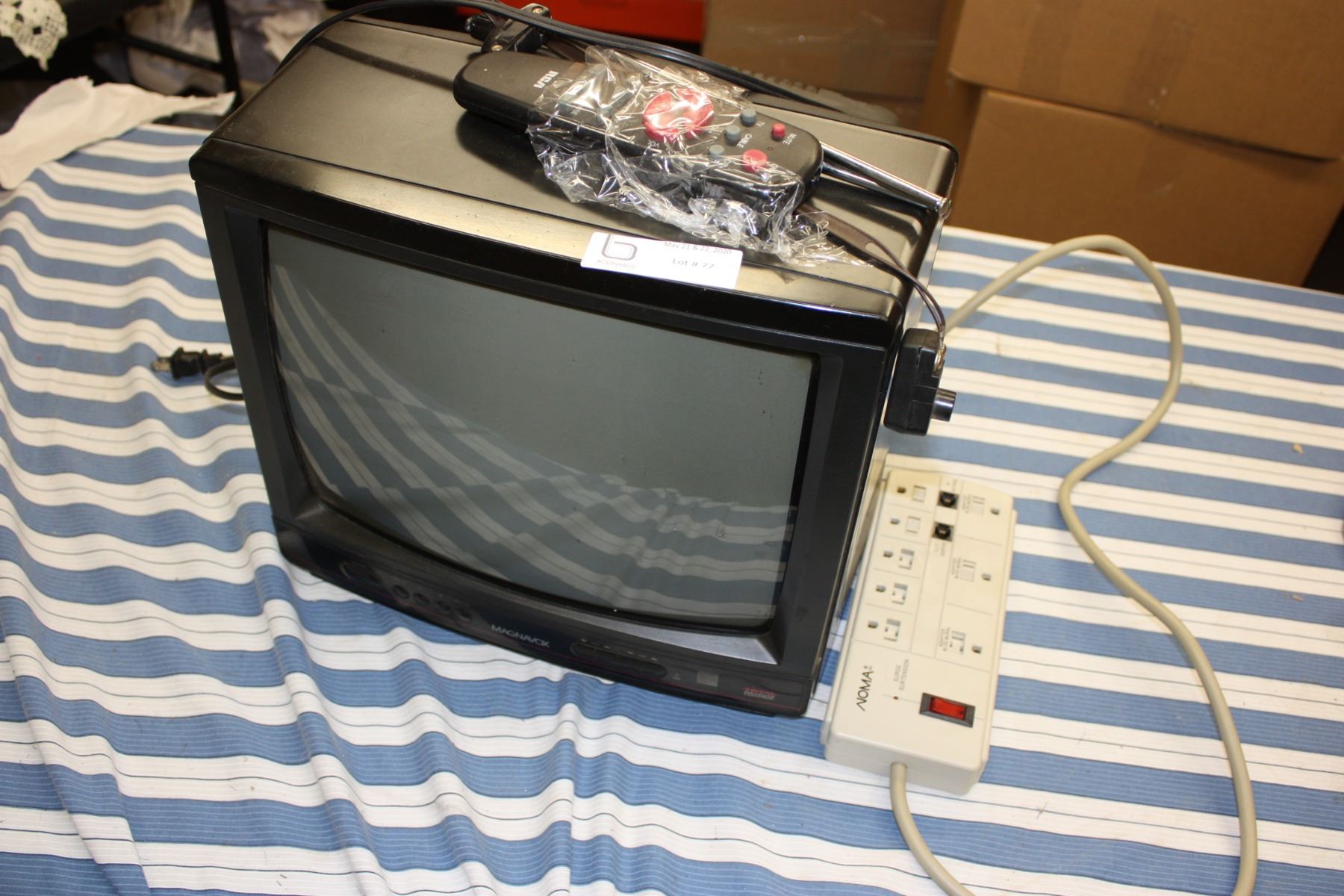
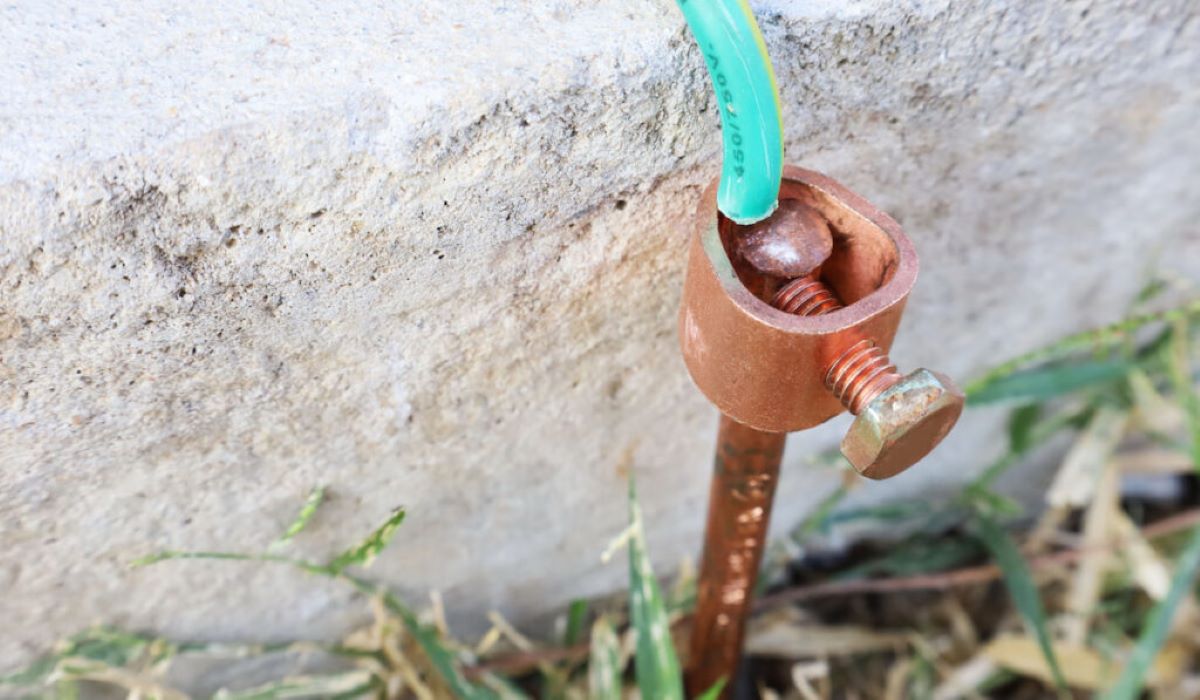


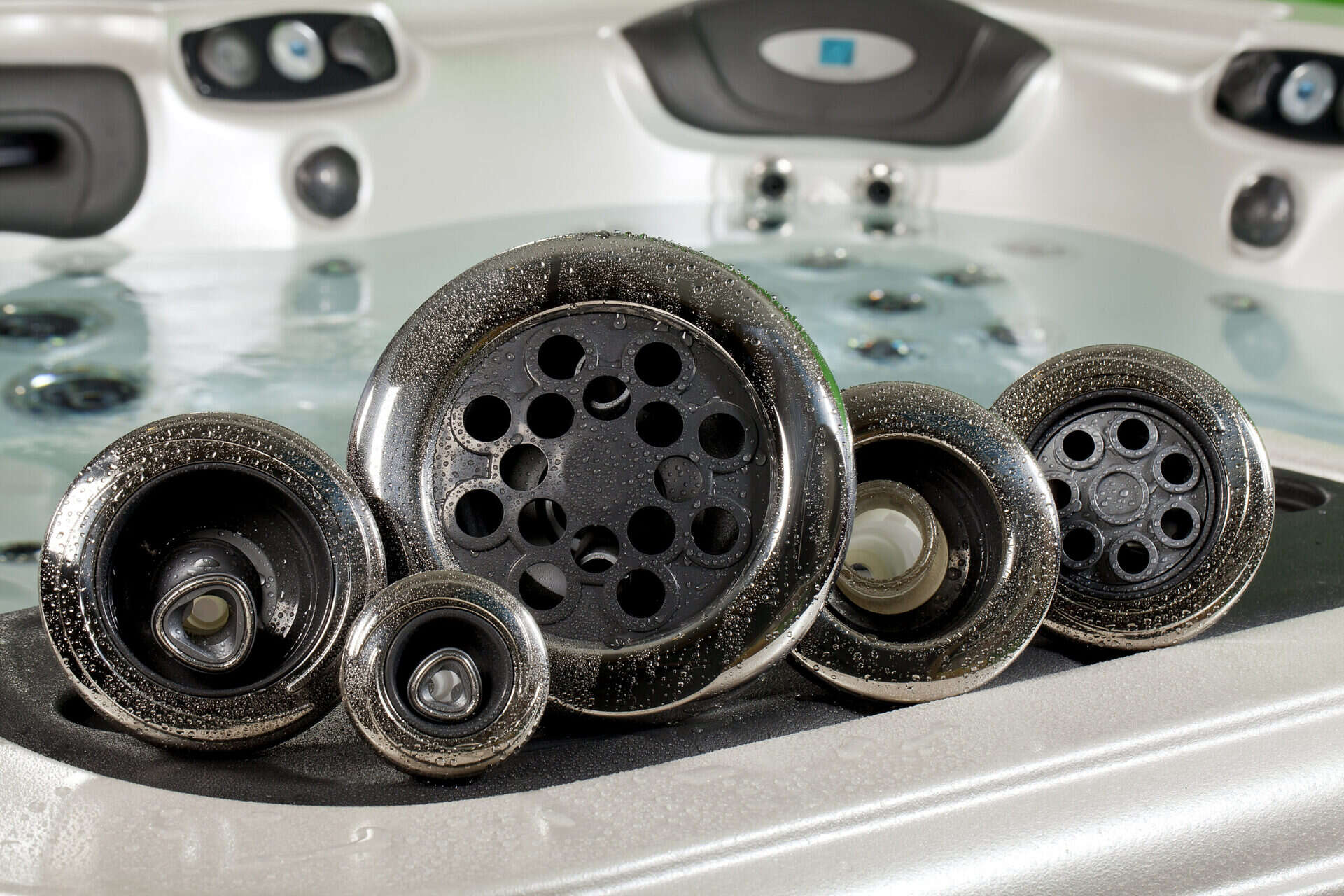
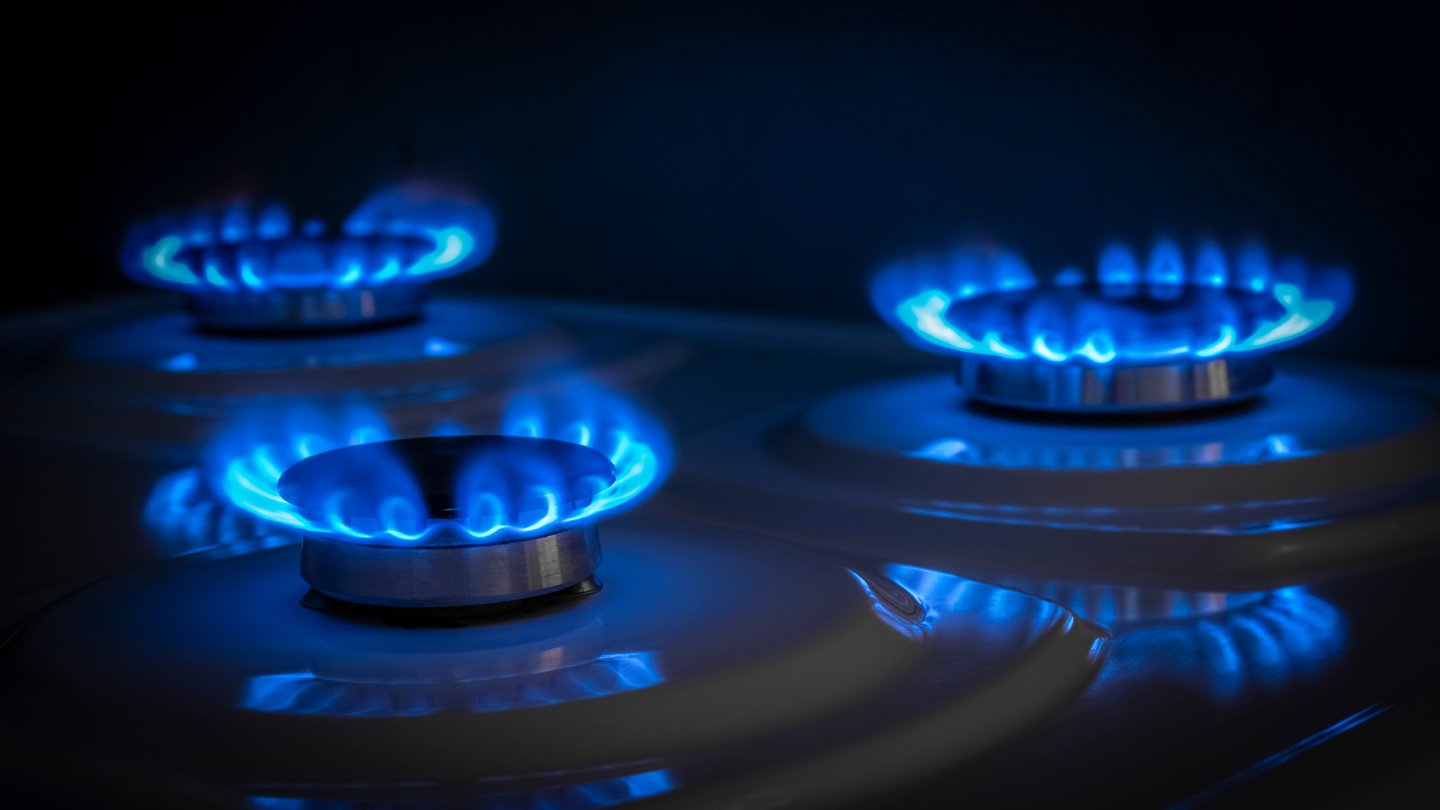




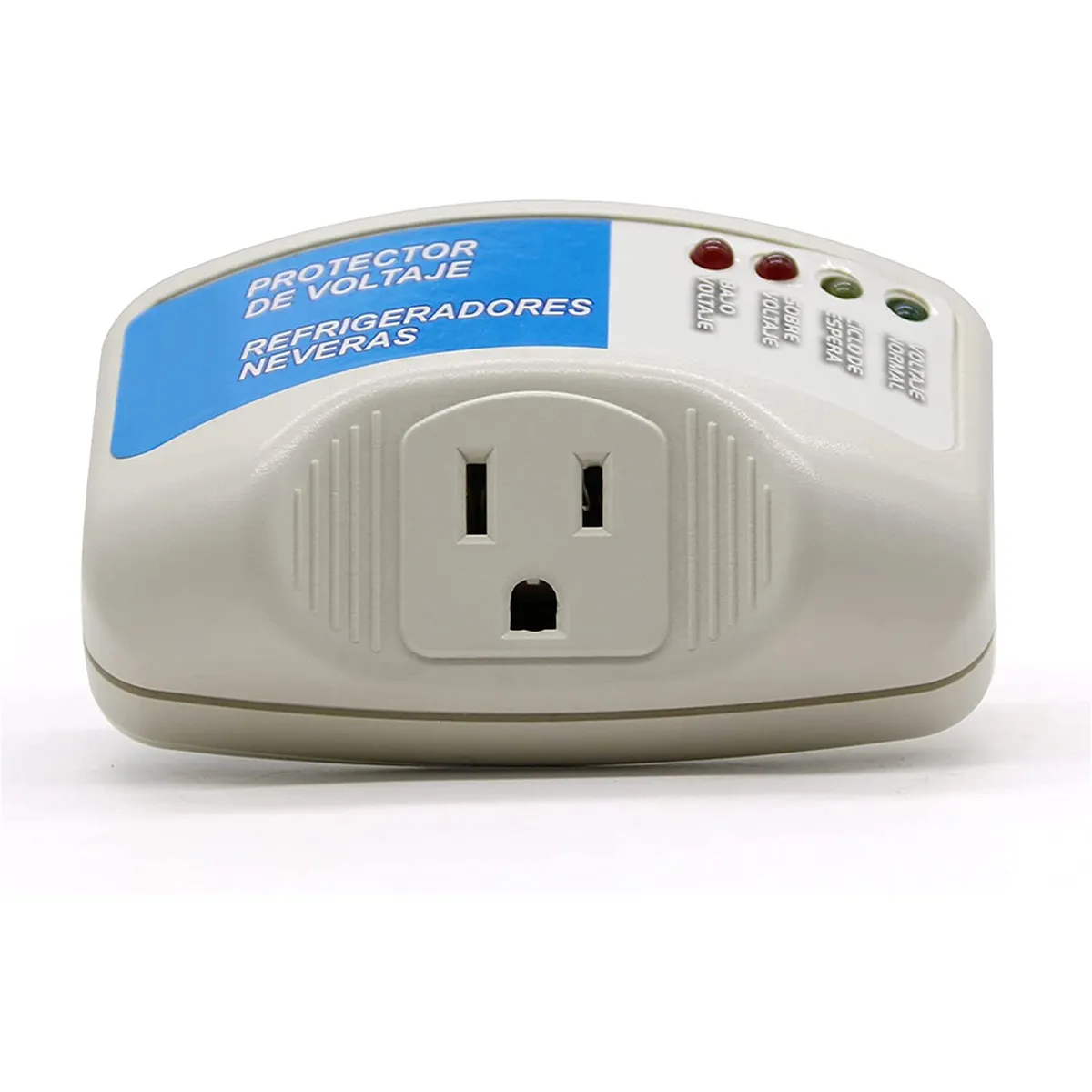
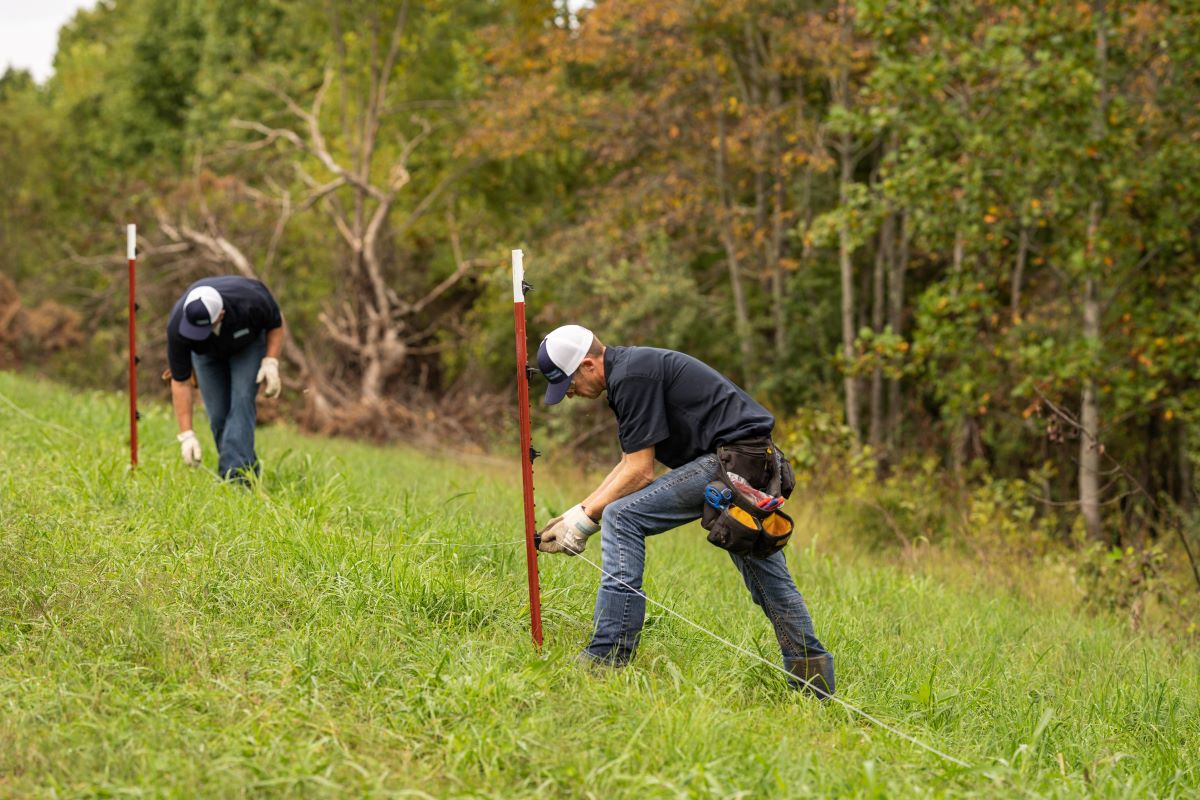

0 thoughts on “How Many Joules Should An Electric Fence Have”